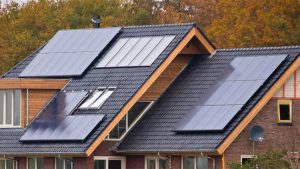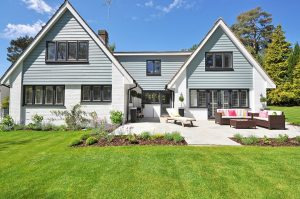
Energy roofing is available. Choosing conventional roofing materials, your choice of the right roof for your house can depend, to a large extent, on your home’s design and style. Most discussions of home roofing options have a tendency to concentrate on the materials most often used on pitched roof styles. When you need a new roof, your needs are distinct. Of course, you think about energy efficient options for a roof. Certain styles are used in various regions.
Roofing systems
Low-pitched roofs can use energy efficiently. You can find energy efficient roofing materials for low prices. Flat roofs also offer the same advantages as other substances for pitched roofs. Many of these substances are used for commercial buildings. Like some house owners through the USA, you can be thinking about replacing your roof even though you might reap the benefits of tax credits alongside other incentives. New energy efficient roofing systems promise longer roof life without maintenance cooling costs, better wind resistance and resistance to leaks by wind driven insulation, and prevention of heat exchange.

Energy efficient roofing materials
The energy efficient roof systems recommended are flat and low pitched roofs with foam sprays and membranes. There are 3 main types of materials choices for a flat roof. Two liquids are mixed in a spray nozzle and discharge a chemical reaction that causes foam, forming a solid, unbroken roof system that adheres to an entire roof. These spray roofing substances provide outstanding water resistance and thermal insulating properties. Since sprays will comply with almost anything, it isn’t necessary to remove old roofing substances. Then foam is treated with a protective elastomeric coating. Cool roof painting & roofing company Los Angeles.
It has proved to reduce energy costs by just as much as 58%. If it’s cleaned, primed and recoated correctly every 10-15 years, a spray roof can last 50 years or move. It’s made of ethylene propylene rubber, providing great durability with good flexibility to respond to building motion. This single ply membrane has been utilized in the U.S. since the 1960 s.